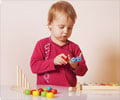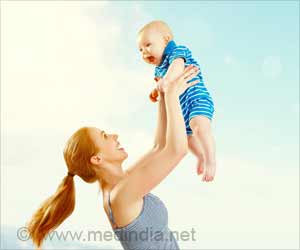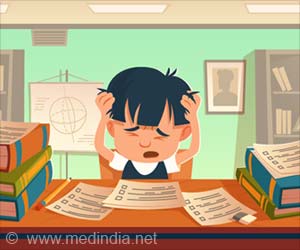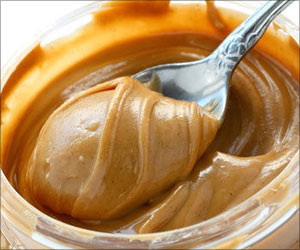Preliminary results of the first national survey to scrutinize the impact of bullying on children with autism spectrum disorders (ASD) were reported by experts.
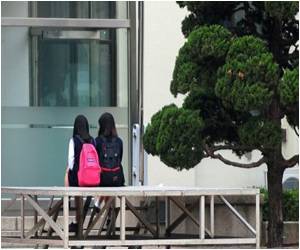
Nearly 1,200 parents of children with ASD completed the survey. Findings show that these children (ages 6 to 15 years) are especially vulnerable to bullying, and point to a number of risk factors.
Where and When Bullying Occurs
- While bullying occurred at every grade level, between 5th and 8th grades appeared to be the worst, with 42 to 49 percent of children with ASD in those grades currently bullied.
- Children with ASD attending regular public schools are bullied at a rate of nearly 50 percent more than children in private school or special education settings.
- Types of bullying most often reported include being teased, picked on or made fun of (73 percent); being ignored or left out of things on purpose (51 percent); being called bad names (47 percent); and being pushed, shoved, hit, slapped or kicked (nearly 30 percent).
Potential Risk Factors
- While parents reported that 39 percent of children with ASD were bullied in the month prior to the survey, only 12 percent of their typically developing siblings, ages 6 to 15, were bullied in the same timeframe, indicating children with ASD are bullied at a rate more than three times higher than their unaffected siblings.
- Across ASD diagnoses, 61 percent of children with Asperger's syndrome experienced bullying, a rate nearly double that of children with other diagnoses on the autism spectrum. This may be due in part to different school placement across the groups.
- Behaviors and traits associated with becoming a target of bullying include clumsiness, poor hygiene, rigid rule keeping, talking obsessively about a favorite topic, frequent meltdowns and inflexibility.
- Of those children who want to interact with others, but have a hard time making friends, 57 percent are bullied, compared to only 25 percent of children who prefer to play alone and 34 percent of children who will play, but only if approached.
Experience as Bullies and "Bully-Victims"While children with ASD are frequently victims, they may also behave as bullies, or at least be viewed as a bully.
- 46 percent of children with ASD have been a victim of bullying only, while 17 percent of children with ASD have been a bully-victim, defined as a child who has been bullied and also bullied others.
- 52 percent of parents indicated that peers taunted their child to intentionally trigger a meltdown or aggressive outburst.
Researchers believe that the deficits in social understanding common in children with ASD may lead to bullying behavior by the child that is different than that displayed by typically developing children. For example, an honest but socially unacceptable remark such as, "You're fat," by the child with ASD may be viewed by others as purposely cruel when it is not. Likewise, a child with ASD who is accidentally bumped into might misinterpret this as intentional, and lash out in a way that looks like bullying.
Advertisement
Source-Eurekalert

